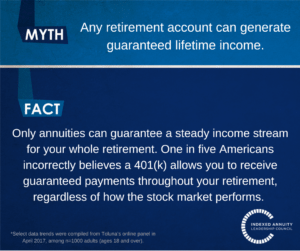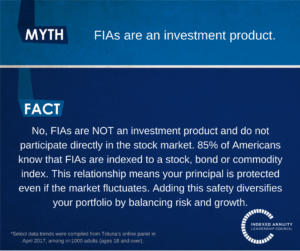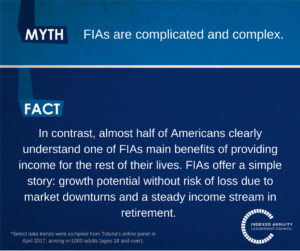New Data: Extreme Lack of Diversification Could Add to Retirement Crisis
The retirement crisis has become a topic of conversation in the United States, and while its actualization is still widely debated, there is no doubt Americans need to take additional steps in order to ensure a financially stable retirement – one that allows them to cross off items on their bucket list while managing to pay for medical bills and other essential costs of living.
New data from the Indexed Annuity Leadership Council (IALC) shows most Americans are at risk of an unstable retirement. In fact, only nine percent are focused on diversifying their portfolio which is essential to managing financial risk especially when it comes to saving for retirement. If the majority of your retirement savings are in the stock market, when it takes a downturn, the risk of losing it all is real. A diversification strategy can ensure balance and provide retirement planning peace of mind.
That said, it can be hard to create diversity if you don’t know what products to add to your portfolio. The same study found 22 percent of Americans are not familiar with the most routinely used retirement products, such as mutual funds, Certificate of Deposits (CDs), and Fixed Indexed Annuities (FIAs), that would allow them to diversify their portfolio.
In order to address this gap and diversify your financial strategy, consider FIAs as a means to help create a foundation of conservative growth and help to ensure a steady income during retirement. With both growth potential and principal protection, FIAs can be a complementary product within your existing portfolio since FIAs are not subject to the volatility of the stock market.
While FIAs are a balanced and secure way to receive a steady income during retirement, there are widely held misconceptions about this financial product as well as the available income options it can offer in retirement.
Here are some of the other debunked myths:




*Select data trends were compiled from ORC International’s online panel in April 2017, among n=1000 adults (ages 18 and over).




